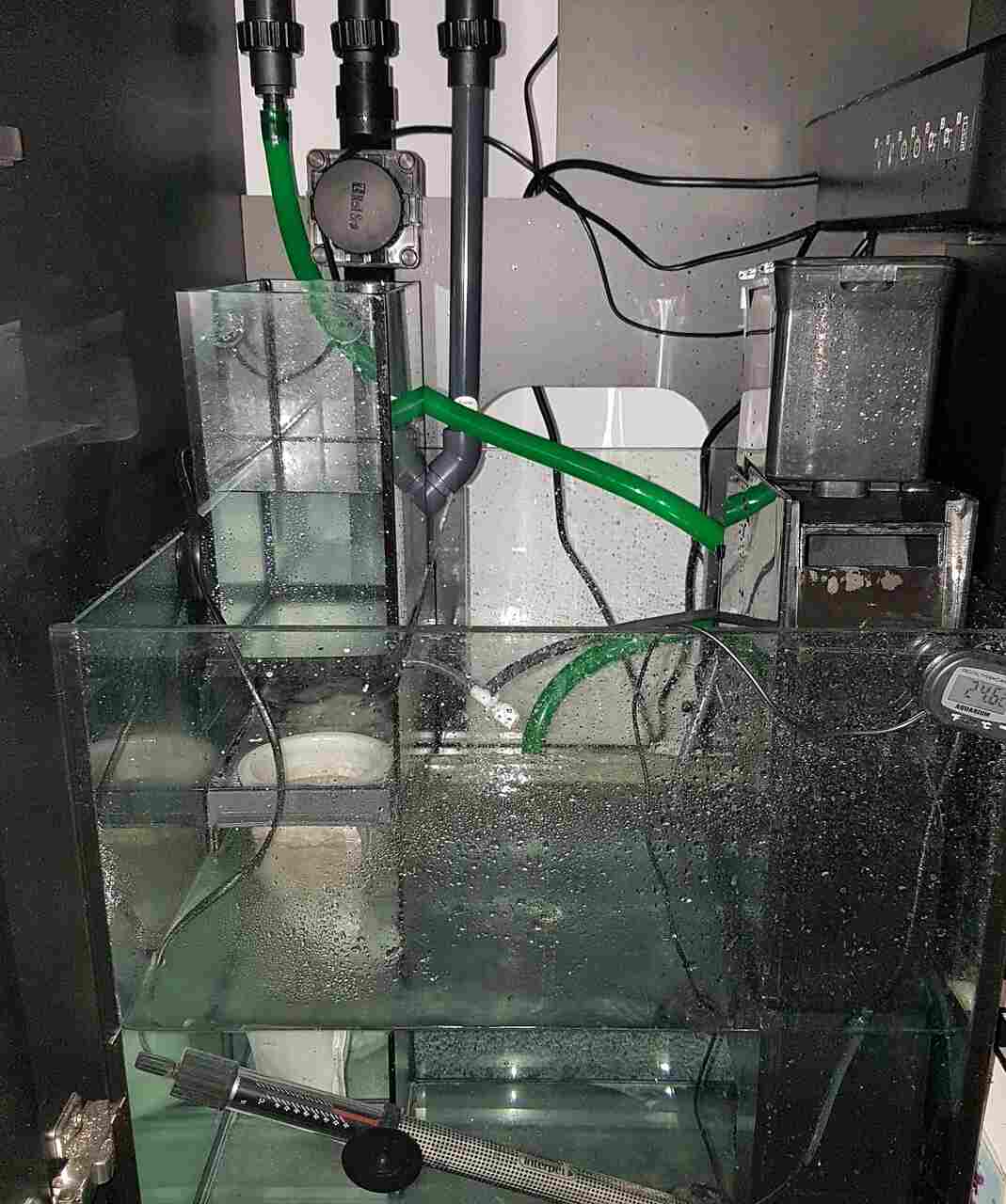A sump pump is a good investment if water seepage into your basement is a recurring problem. A sump pump is typically pre-installed in the basement of a newly built home but not usually in an older home.
A sump pump can be installed without an expensive contractor or plumber. The typical cost to have a sump pump professionally installed is about $1,200.
Extra water in a basement can be removed with the help of a sump pump. That water can seep in during floods, heavy rainstorms, or if the basement is below the water table line in your area. No of the source, a sump pump helps prevent costly repairs to a flooded basement.
The first step in installing a sump pump is acquiring it. You can customize your sump pump purchase in several ways. The casings of sump pumps might be made of plastic, thin metal, thick metal, or cast iron. Although plastic and thinner metal housings are less expensive, investing a little extra in a quality sump pump will give you peace of mind that it will keep your basement dry for years. Therefore, spend wisely and make the most of what you can afford.
You can shop for a sump pump based on the amount of water it can move per hour or its horsepower. The size of your home is usually not a determining factor in the size of the sump pump you will need. Instead, choosing a size depends on factors including how deep your foundation is, how often it floods, how well your grass and gutters are graded, and how far below sea level your home is.
Invest in a high-quality switch and float system for your sump pump. These are essential for the sump pump to function correctly, and cutting corners on them can lead to costly breakdowns. As an added precaution, you may invest in a sump pump with a battery backup in case the power goes out.
And while we’re on the subject of electricity, sump pumps need a lot of juice, so it’s best to run them on their circuit. However, suppose you are not confident in setting up electrical circuits for the sump pump. In that case, it is recommended that you hire a professional electrician to complete this task.
Selecting a basin to serve as the sump pit follows the sump pump selection. Some individuals try to save money by using a five-gallon bucket for this purpose, but the lack of space it provides could lead to the sump pump’s failure to function or perhaps its entire breakdown. Get a box for your sump pit at least 18 inches wide and 22 inches deep.
In addition to these items, a length of PVC pipe leading outdoors for waste disposal will be required.
Putting in a sump pump is a breeze when you have everything you need. The sump pit must be dug first. The water will accumulate in this hole. The water in your basement will naturally flow to the lowest position, so it makes sense to put this there.
Fill your sump pit container with concrete to make it level with the surrounding floor. While that dries, prepare your sump pump by wrapping Teflon tape around the pipe connector’s threads and then tightening it by hand. Pumps can be installed on or within the sump pit; submersible pumps go into the pit while standing upright, while pedestal pumps go on top. Next, PVC piping is run outside the house and away from the foundation.
If you want to know how to put in a sump pump, visit:
Read also: The Way To Install Kitchen Backsplash Porcelain Tiles

